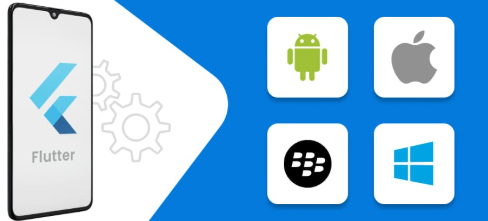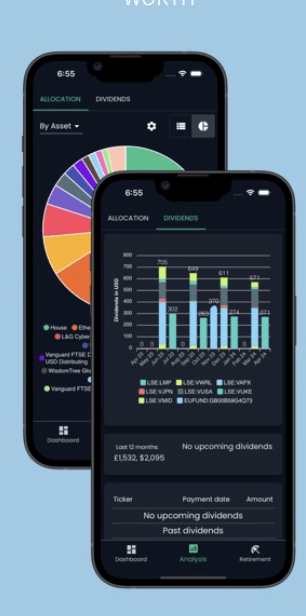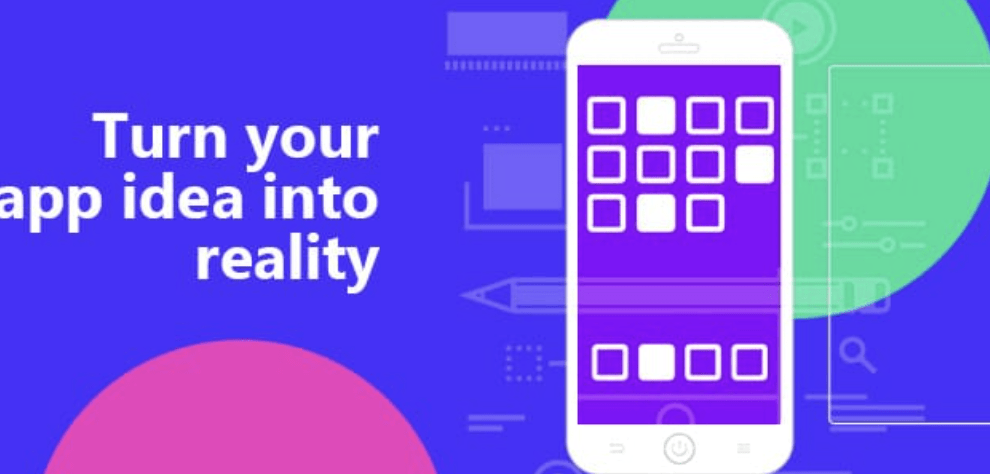Flutter has become a leading framework for cross-platform app development, offering a compelling blend of performance, flexibility, and ease of use. Here’s a breakdown of why it stands out:
1. Cross-Platform Development with a Single Codebase
- Write once, deploy everywhere: Flutter allows developers to build apps for iOS, Android, web, desktop (Windows, macOS, Linux), and embedded devices from a single codebase.
- Reduces development time and cost while maintaining consistency across platforms.
2. High Performance with Native-Like Speed
- Unlike other frameworks that rely on a JavaScript bridge (e.g., React Native), Flutter compiles to native ARM code using Dart, ensuring near-native performance.
3. Customisable & Expressive UI with Widgets
- Flutter’s widget-based architecture allows for highly customisable UIs without platform-specific constraints.
- Ability to create custom designs without relying on native components.
4. Hot Reload for Faster Development
- Hot Reload lets developers see changes instantly without restarting the app, speeding up iteration and debugging.
- Greatly enhances productivity compared to traditional native development.
5. Strong Ecosystem & Growing Community
- Backed by Google, ensuring long-term support and continuous improvements.
- A thriving open-source community with extensive packages.
6. Cost-Effective for Businesses
- Eliminates the need for separate iOS and Android teams, reducing development and maintenance costs.
- Faster time-to-market.
7. Ideal for MVP & Startup Development
- Startups can quickly build and test MVPs (Minimum Viable Products) with Flutter before scaling.
- Many successful apps (e.g., Alibaba, Google ) use Flutter in production.
Conclusion
Flutter’s combination of performance, flexibility, and developer efficiency makes it a top choice for modern app development. Whether for startups, enterprises, or solo developers, Flutter provides a scalable, cost-effective, and future-ready framework.



